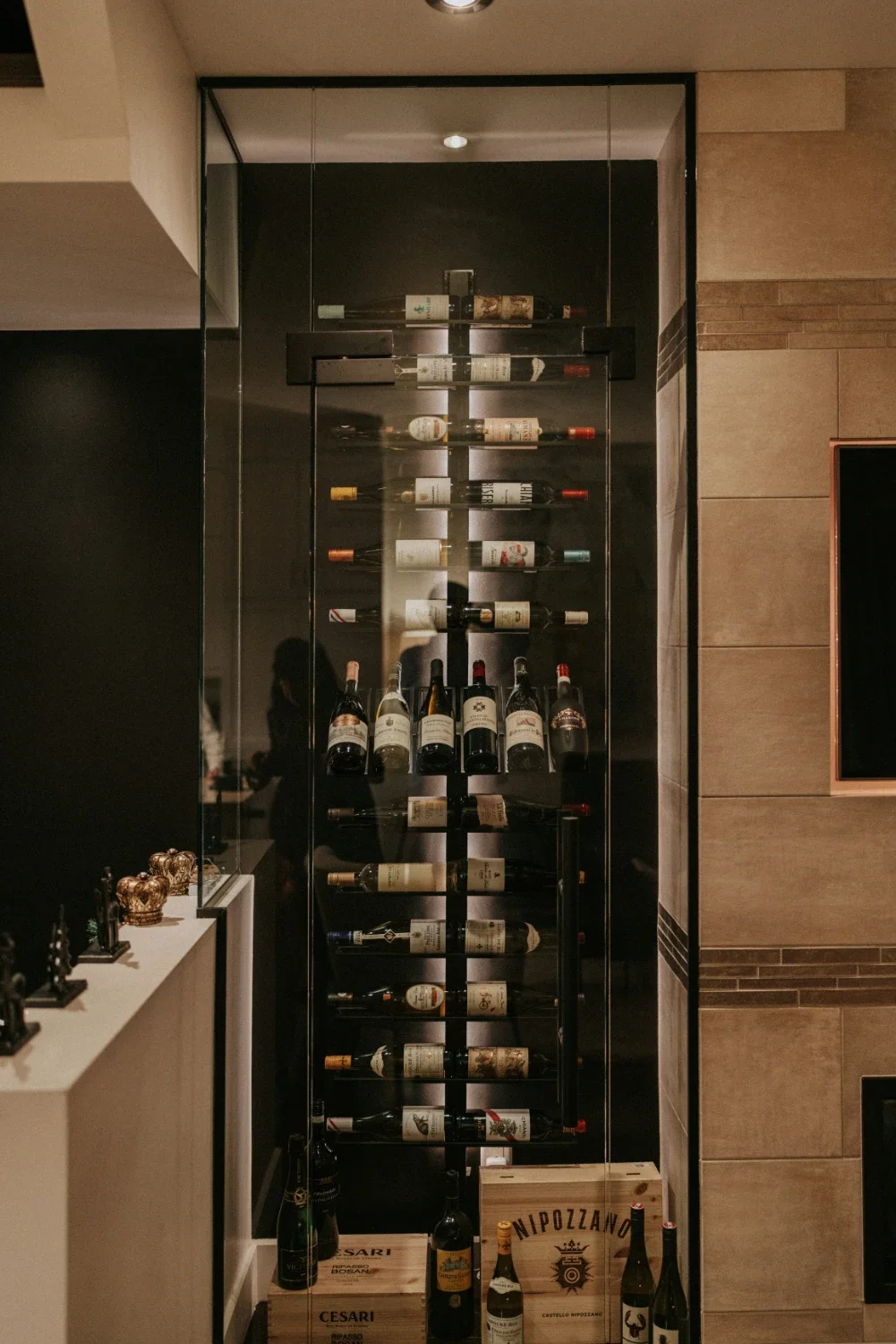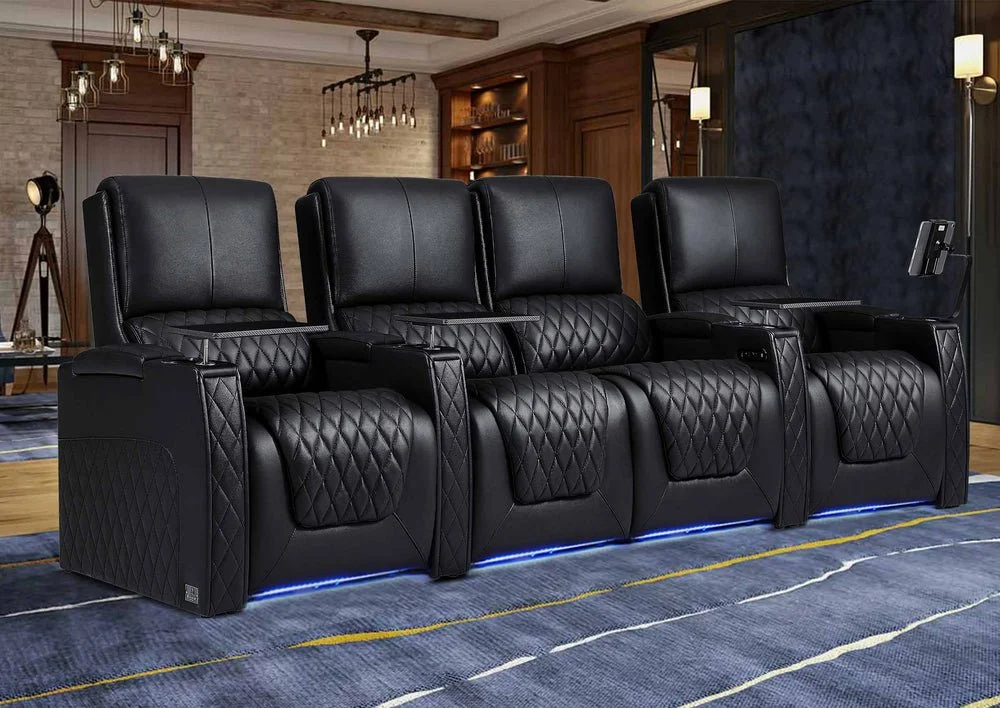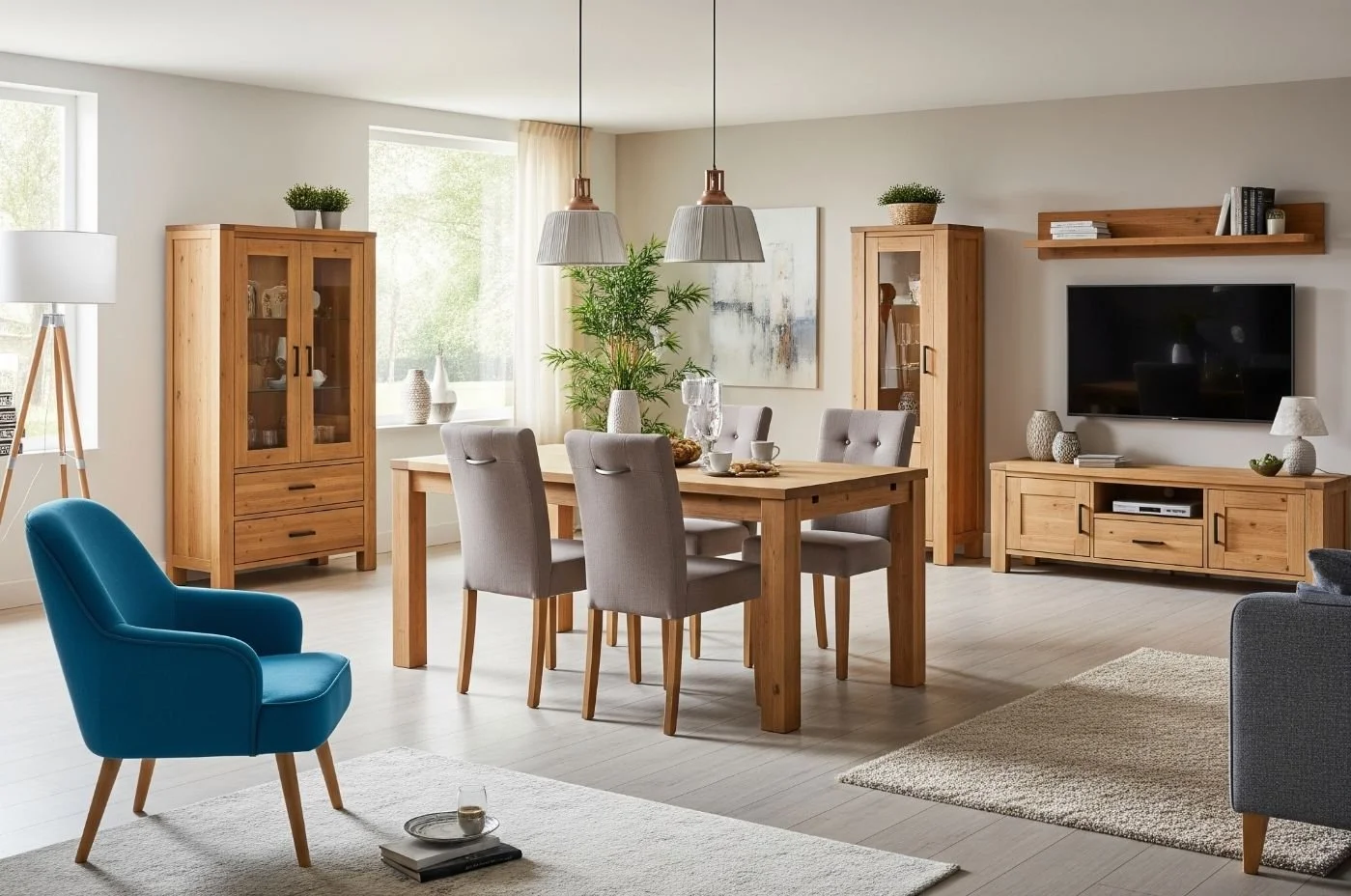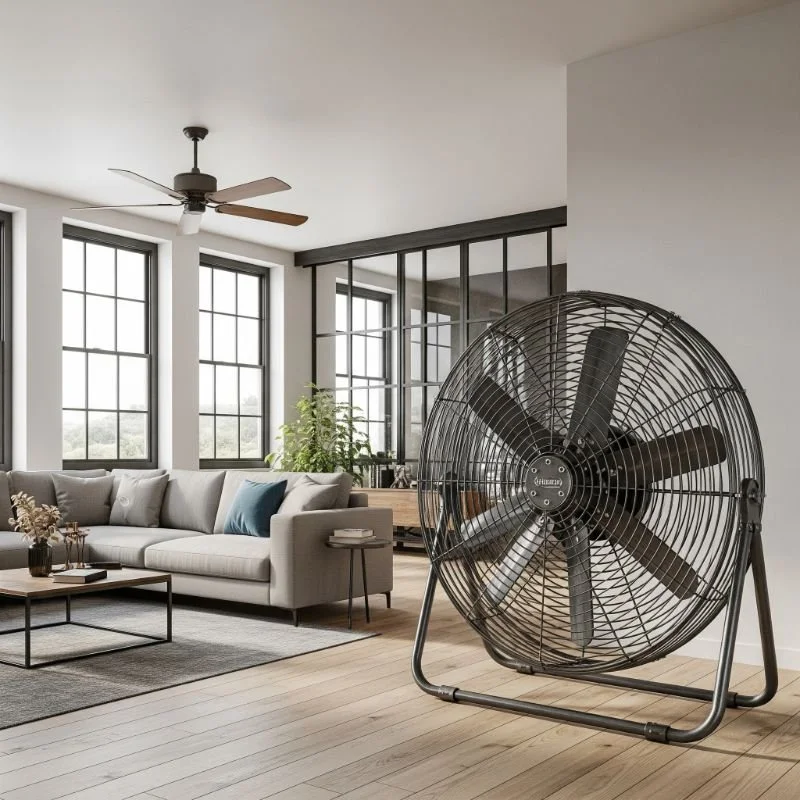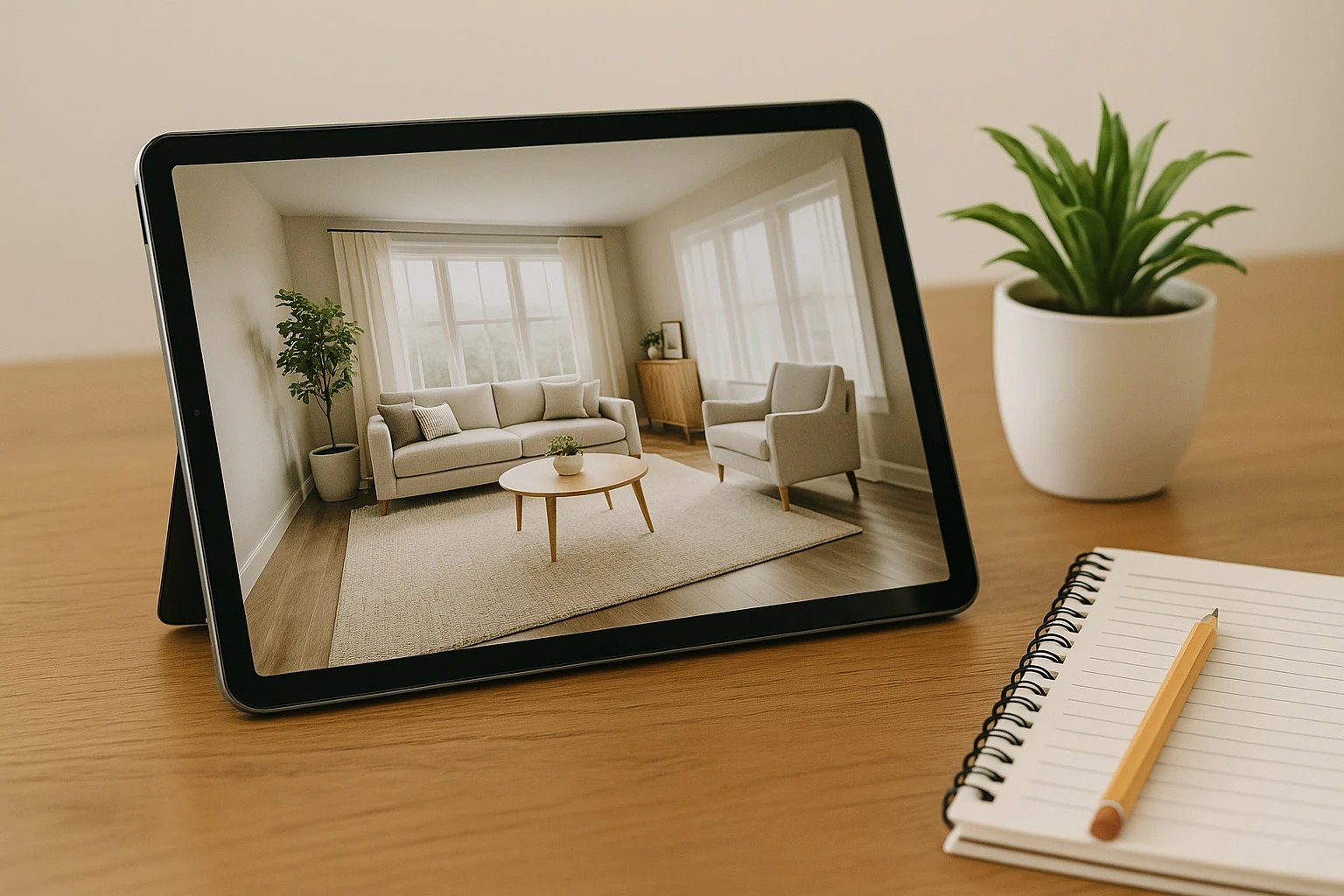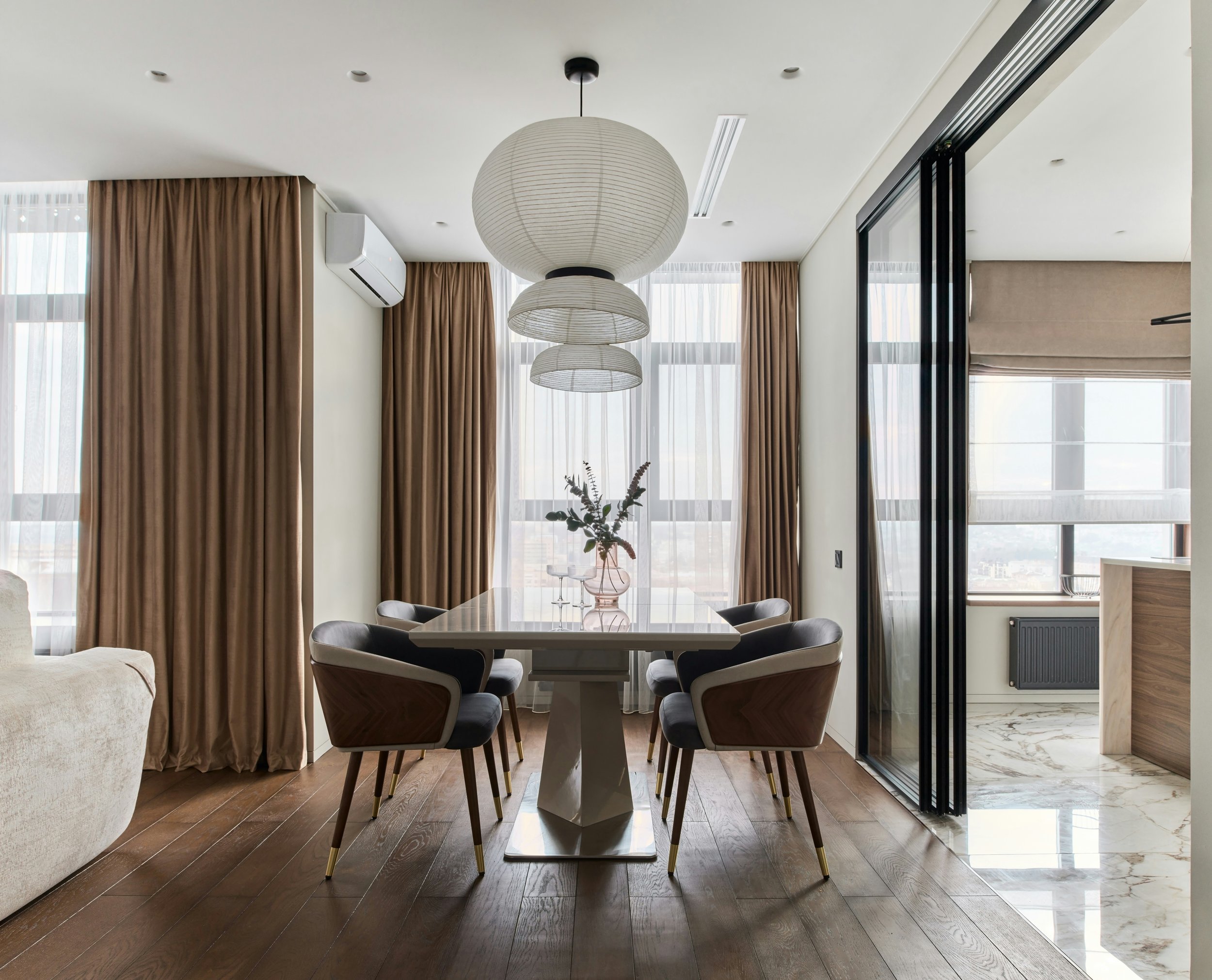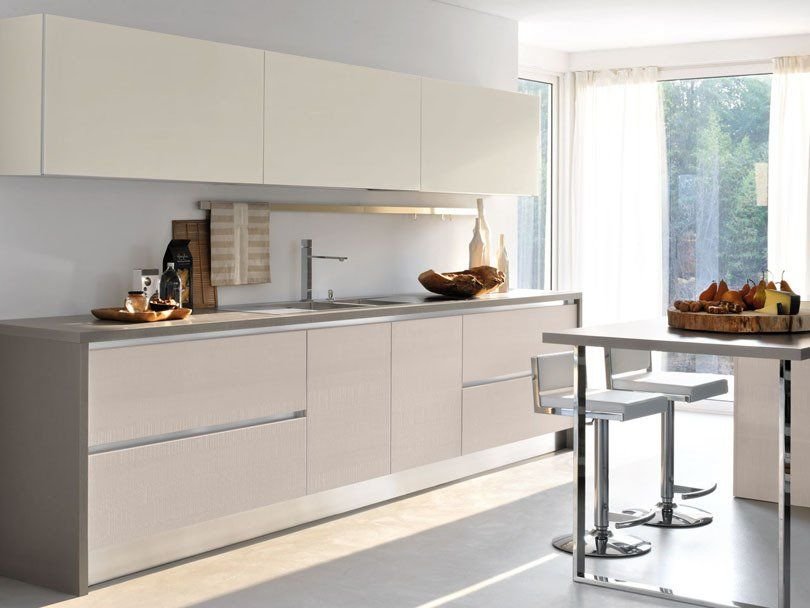Choosing Tables That Work Harder In Small Spaces
Maximize your small space with smart table choices. Discover multi-functional, stylish tables that add both utility and charm to compact homes.
If you’ve ever tried to squeeze a dinner table into a flat the size of a shoebox—or find a desk that doesn’t swallow your living room whole—you’re not alone. Small-space living demands big ideas, and few furniture items feel the pinch more than the humble table. Dining, working, folding laundry, housing plants—tables pull a lot of weight. So why are so many still built with a one-size-fits-none mentality?
The good news is that small doesn’t have to mean cramped. The rise of clever, adaptable table designs means you no longer have to choose between functionality and floor space. It just means choosing smarter.
Tables With A Hidden Agenda
It’s easy to think of tables as static objects. They stand there. You use them. Then they go back to being a surface in the background. But in a smaller home or multi-functional room, the best tables do more than hold your mug and laptop—they adapt to your life.
Today’s most interesting options are built with transformation in mind. Expandable dining tables, foldaway worktops, adjustable heights—some even double as storage or nest neatly into themselves when not in use. The difference between a cramped room and a flexible one often comes down to these hidden features.
If you’re working with limited square footage, you may want to consider space-saving table designs that can expand when guests arrive or slide away discreetly when not in use. These aren’t gimmicks—they’re practical answers to real lifestyle challenges. A table that folds out for dinner and disappears for yoga the next morning? That’s space doing double duty.
The Rise Of Multi-Functionality In Design
Modern living has blurred the lines between rooms and purposes. Kitchens are now part offices, lounges double as dining rooms, and spare bedrooms (when they exist) moonlight as studios. In this world, the “dedicated” table starts to feel a little indulgent. Most of us need pieces that flex—because our rooms do.
Designers have caught up. What was once a niche corner of the furniture world is now a fast-growing category. The best multifunctional tables don’t look like compromises. They feel intentional, integrated and—crucially—not bulky. Their secret is subtlety. Slim profiles, sleek finishes, mechanisms hidden in plain sight.
A lift-top coffee table might become your weekday desk. A wall-mounted drop-leaf could be your art station. Even pedestal bases, which take up less legroom, are quietly clever solutions that keep things feeling open.
Materials That Match The Mission
Material choice plays a much bigger role in space optimisation than people think. Heavy, chunky oak might look great in a large, open room, but in tight quarters, it can dominate. Lighter-toned wood, tempered glass and slim metal frames tend to give an airier feel—creating the illusion of space even when physical dimensions are tight.
But it’s not just about looks. Durability matters, too. In a smaller home, one table often does the job of three. It needs to be robust enough for daily use but nimble enough to move when plans (inevitably) change. Modular options with locking wheels or lightweight but sturdy materials like aluminium or birch are particularly valuable for this reason.
It’s also worth noting that multi-purpose tables with storage elements—like drawers built into console tables or shelves beneath desktops—can quietly reduce the need for additional furniture. That means fewer things fighting for space, which translates directly into a room that feels calmer, less cluttered and more functional.
Working Smarter, Not Harder
For many city-dwellers, the table becomes the unofficial centre of the home. It’s where you open post, fold laundry, serve dinner, join Zoom calls and occasionally just stare into space with a cup of tea. So why not let that one surface do more of the work?
The trick is knowing what you’ll actually use. A giant expandable dining table might sound ideal, but if you rarely entertain, a smaller model with clever leaf extensions could be more practical. If you work from home, a table with built-in cable management and drawers will pay off daily. And if your “spare room” is also your gym, meditation nook and wardrobe overflow, then a table that folds flat or mounts to the wall is likely the only sane option.
The point is: working with a small space doesn’t mean lowering your standards. It means raising your expectations of your furniture.
Final Thoughts: Make Every Square Foot Count
Tables might not be the flashiest item in your home, but they’re often the most used. In smaller living spaces, they should be designed accordingly—nimble, stylish and deeply practical.
If you’re feeling squeezed by your current setup, it might be time to look beyond traditional silhouettes and consider pieces that are smarter by design. With the right approach, even the tiniest corner can become a productive, comfortable and beautiful part of your everyday routine.
Ultimately, good design doesn’t just solve problems—it quietly improves your life. And in the world of compact living, that’s worth every inch.



